10 Best SaaS Website Designs in 2025 (And Why They Work)
We analyzed 10 of the best SaaS websites that get design and conversions right. Learn what they do well, why it works, and how to apply it to your own site.
7 mins
We analyzed 10 of the best SaaS websites that get design and conversions right. Learn what they do well, why it works, and how to apply it to your own site.

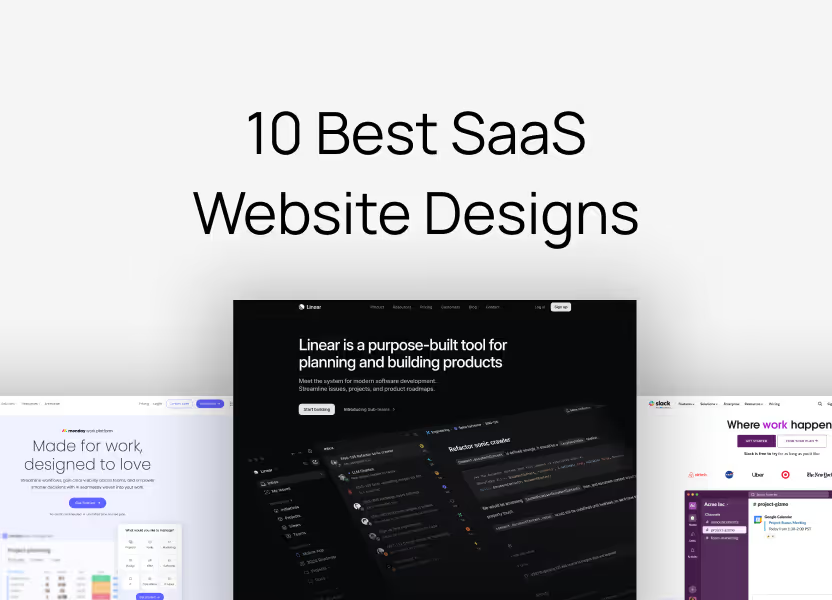
A beautiful SaaS website doesn’t guarantee success.
In fact, some of the highest-converting SaaS websites aren’t winning design awards they’re winning customers.
Why?
Because great web design isn’t just about aesthetics it’s about guiding users toward action. A website that’s visually stunning but fails to convert visitors into sign-ups is just a digital art piece, not a business asset.
In this guide, we’ll break down 10 SaaS websites that have nailed both UX and conversions whether they look traditionally “beautiful” or not.
By the end, you’ll have clear, actionable insights to apply to your own SaaS website so you can focus on what truly matters: turning visitors into customers.
Ready? Let’s dive in.
A great SaaS website isn’t just about looking modern or using trendy UI elements it’s about getting potential customers to take action.
The best SaaS websites follow a clear framework that ensures visitors understand, trust, and convert.
Here’s what they all have in common:
Can users understand what your product does in under five seconds?
Your homepage should answer three questions instantly:
A confused user never converts.
Your CTA should be obvious users shouldn’t have to hunt for it.
People trust what others trust.
A slow site means lost customers.
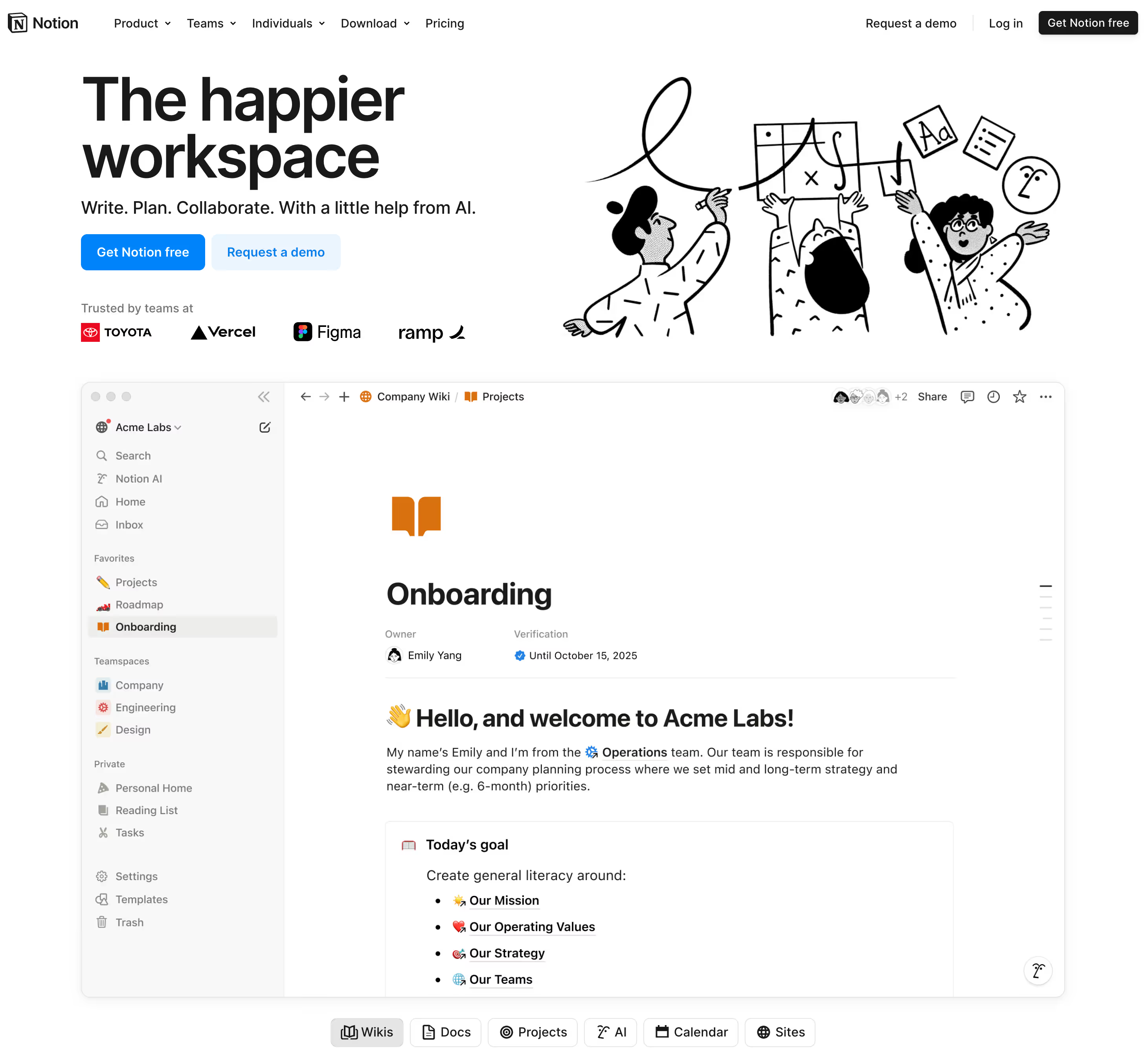
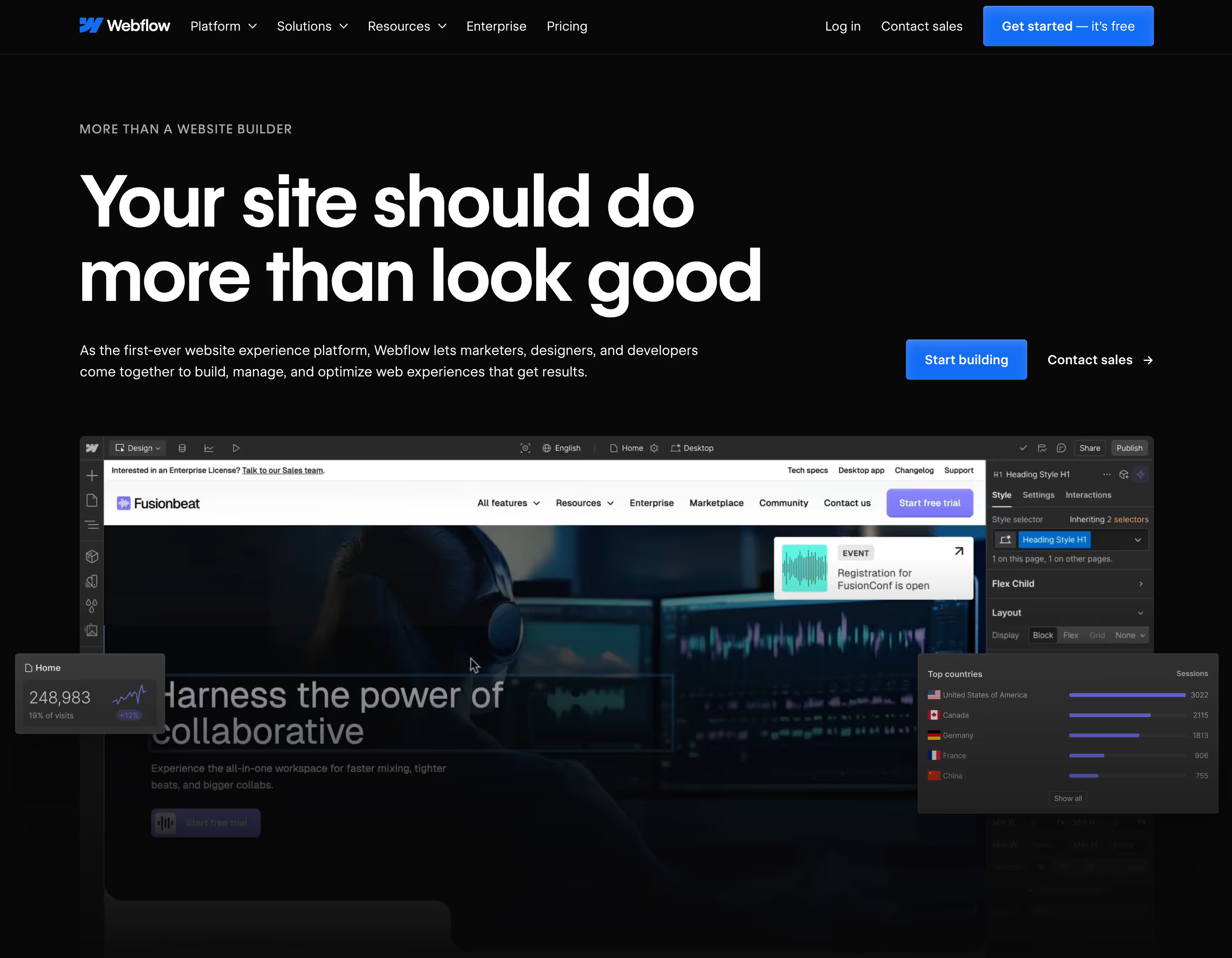
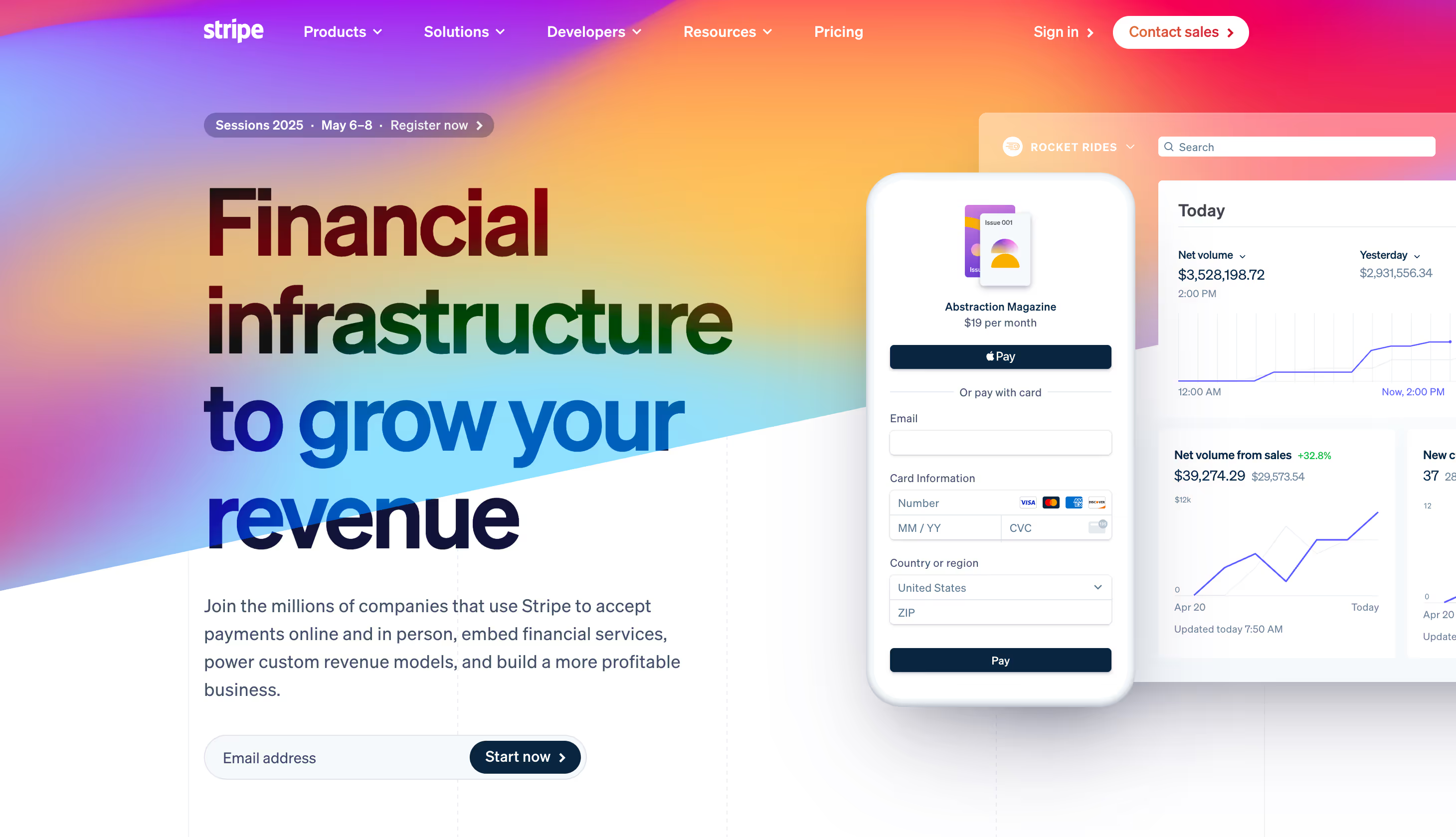
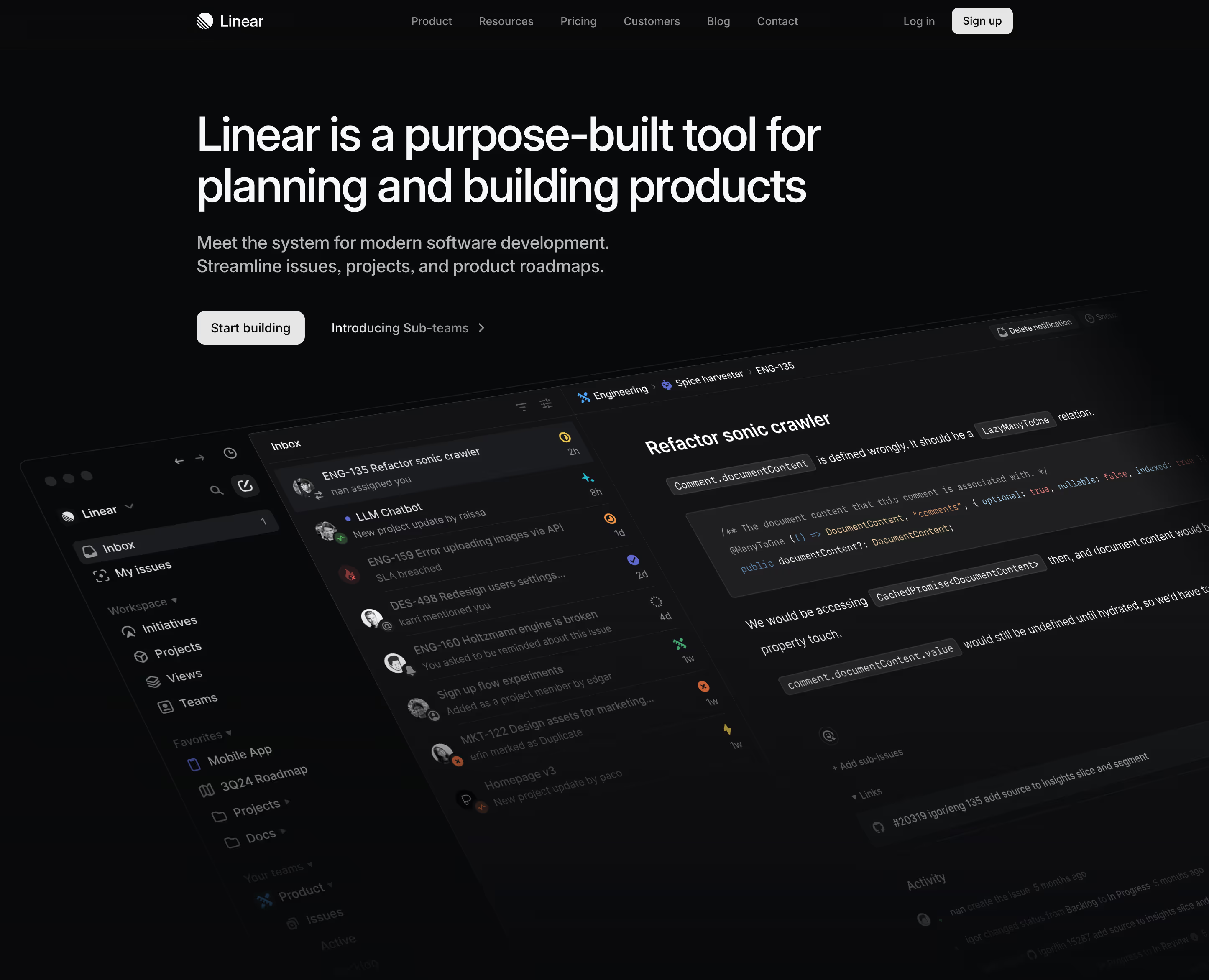
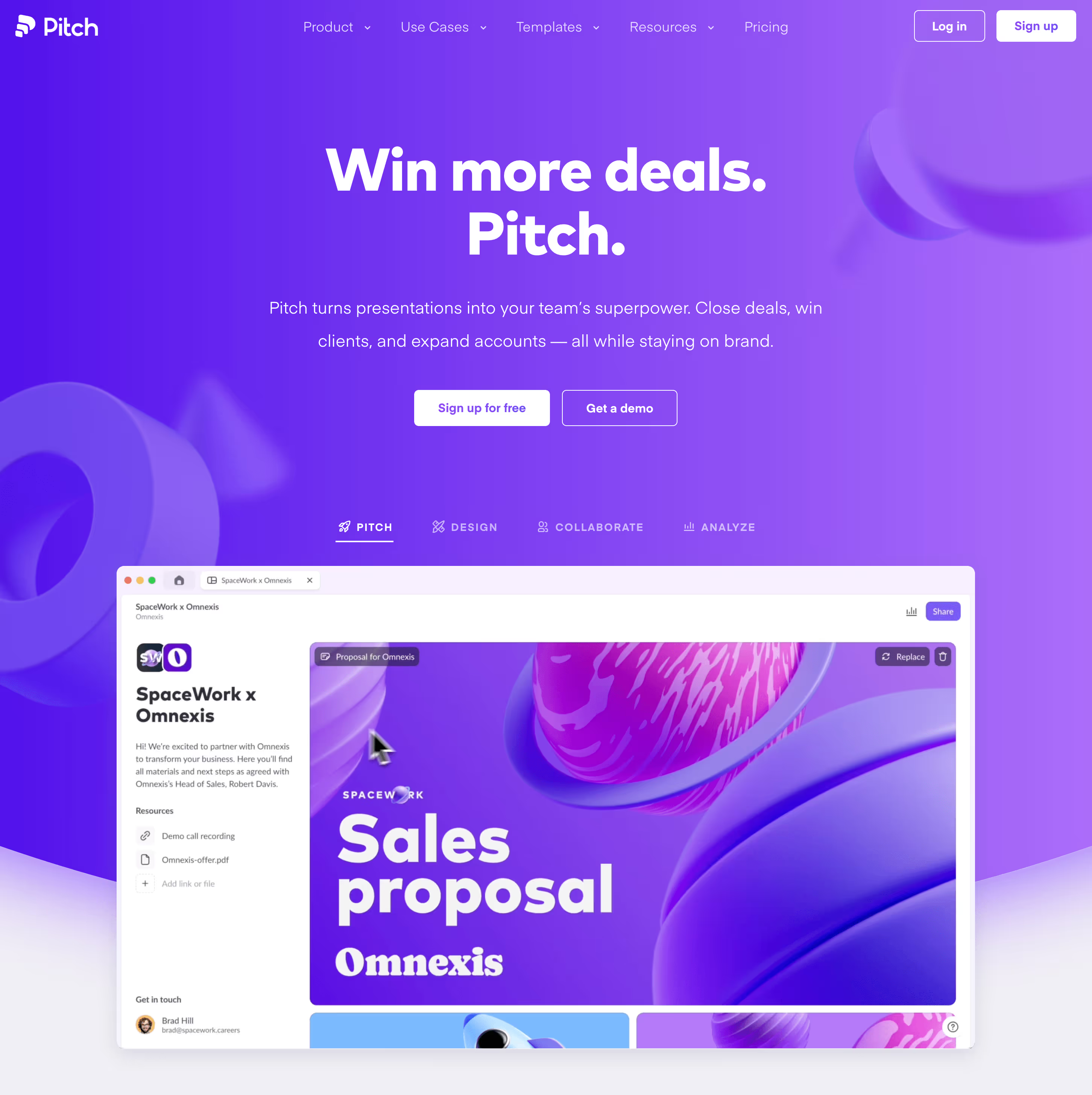
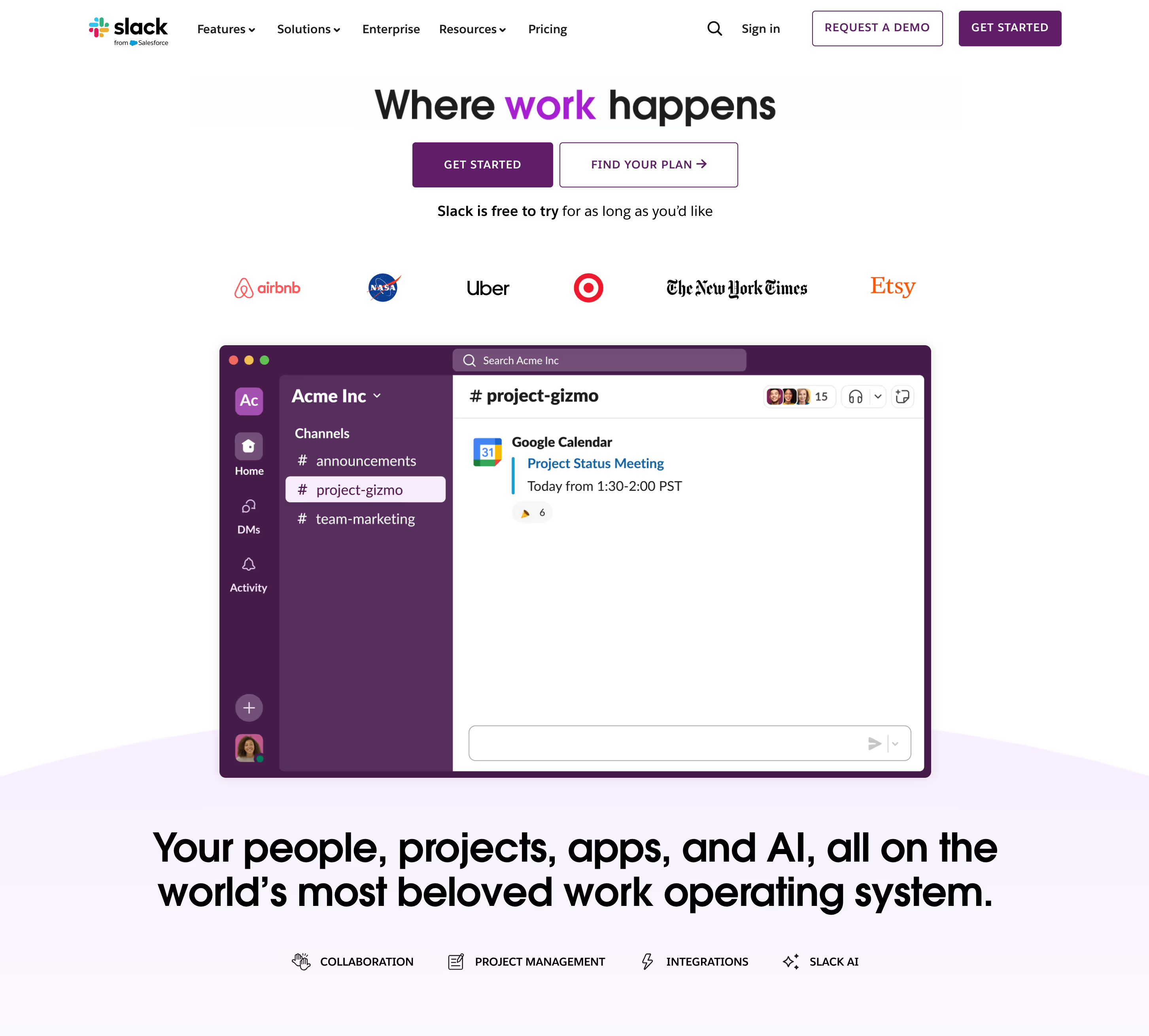
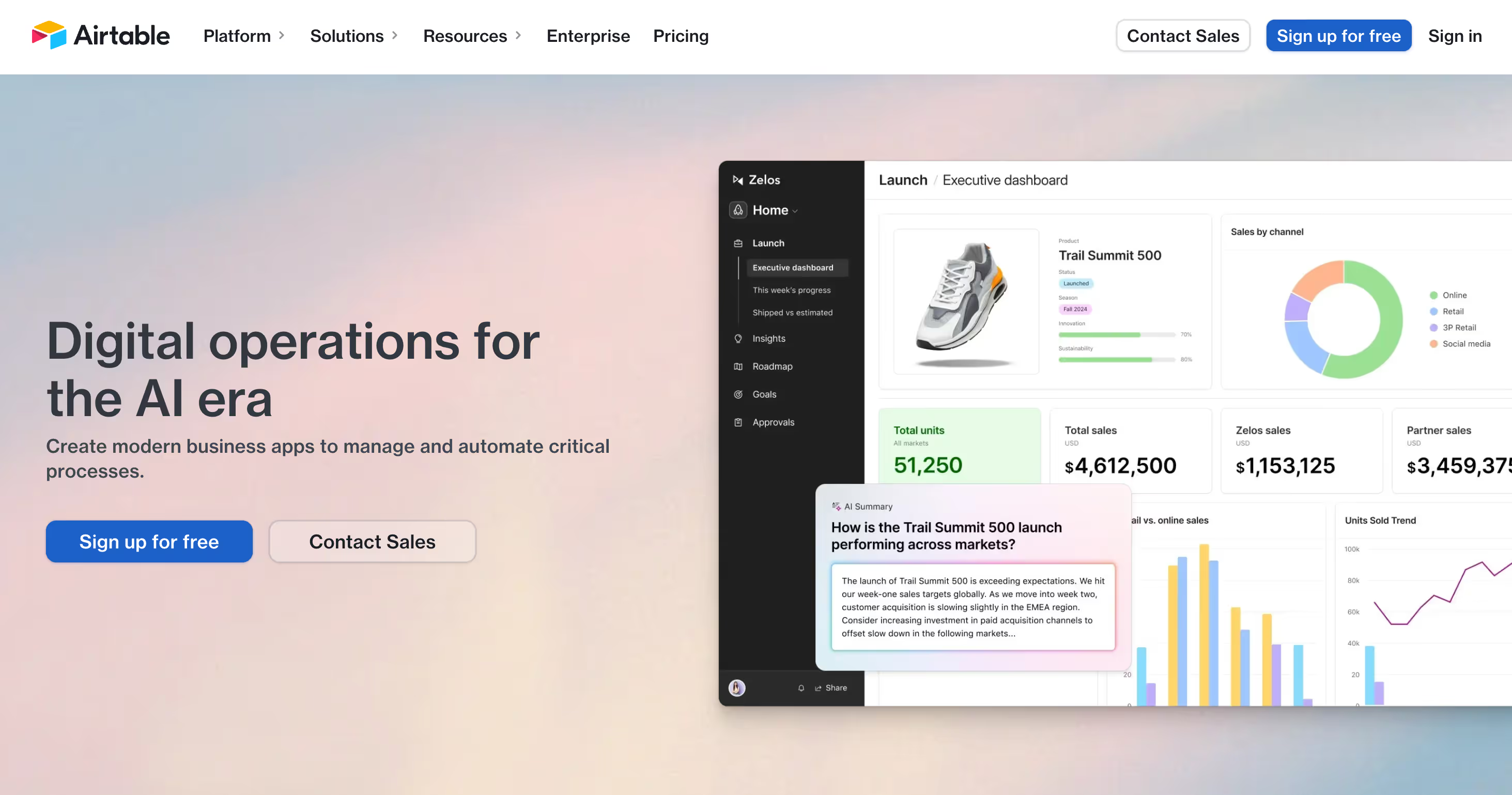
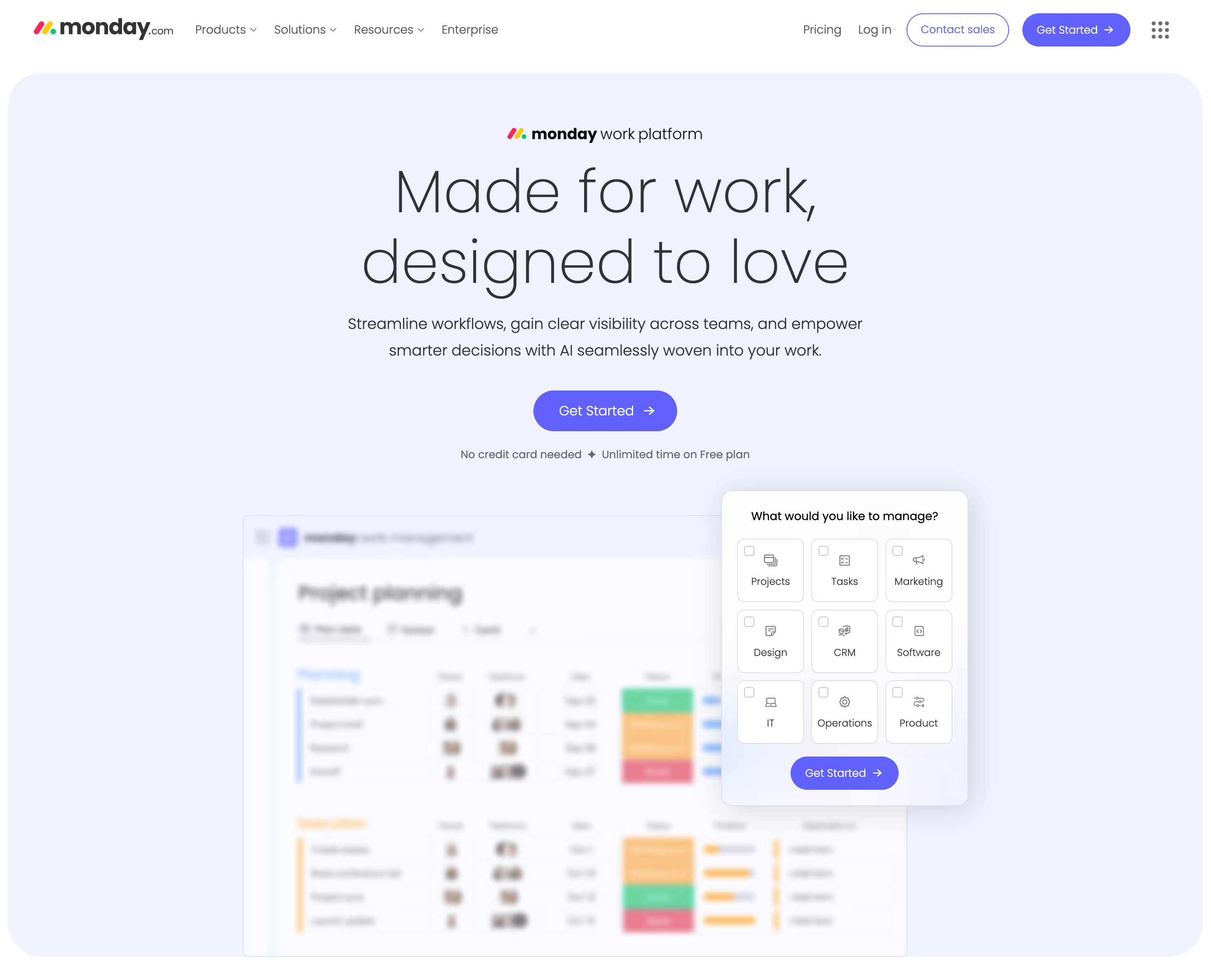
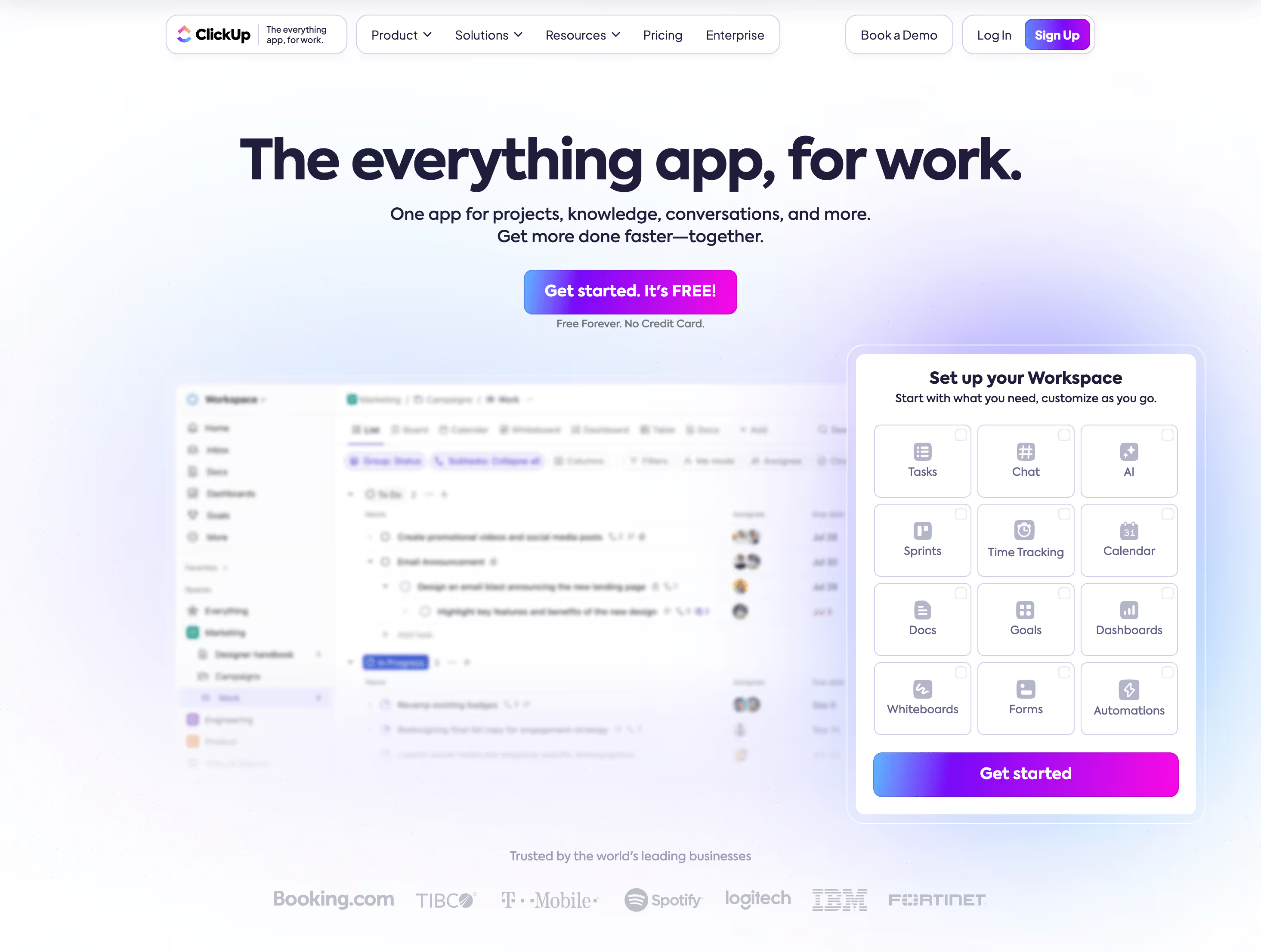
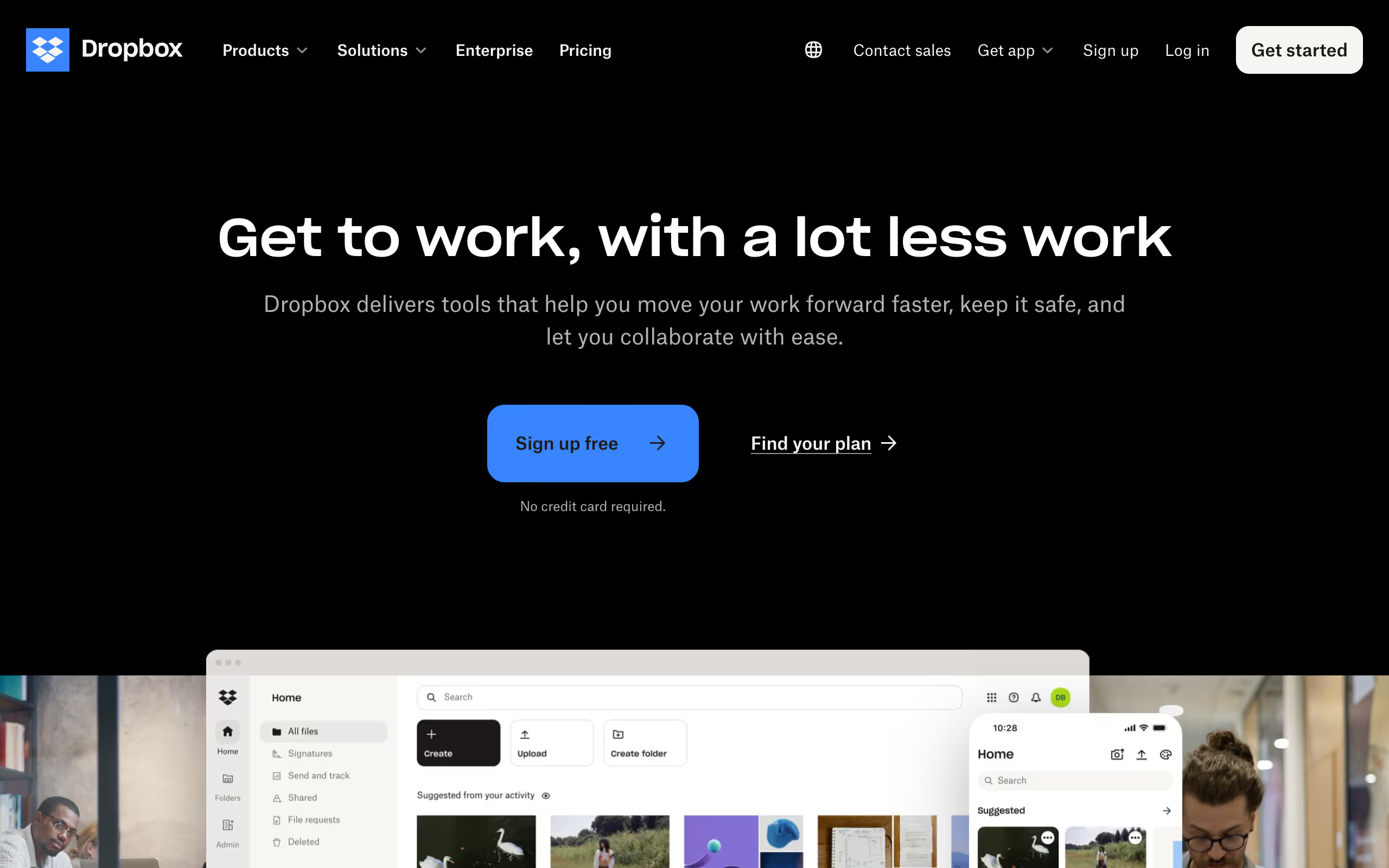
Redesigning a SaaS website isn’t just about making it look better it’s about making it work better.
Many companies invest time and money into a sleek new design, only to see their conversions drop because they overlooked key usability and conversion principles.
Here are some of the most common SaaS website redesign mistakes and how to fix them.
The Mistake:
Many redesigns focus on making the website “look modern” but ignore user behavior, conversion principles, and real data. The result? A site that might win design awards but fails to convert visitors into customers.
How to Fix It:
The Mistake:
SaaS companies often cram too much information into their homepage long feature lists, complex product descriptions, and multiple CTAs all competing for attention.
How to Fix It:
The Mistake:
Many SaaS websites add unnecessary friction during signup long forms, mandatory credit cards, or forcing users to go through multiple steps before trying the product.
How to Fix It:
The Mistake:
A confusing or poorly structured pricing page leads to decision fatigue. Many SaaS companies:
How to Fix It:
The Mistake:
A redesign often includes fancy animations, high-resolution images, and autoplay videos but if they slow the site down, visitors leave before even seeing your product.
How to Fix It:
The Mistake:
Many SaaS websites look great on desktop but feel broken or clunky on mobile hard-to-click buttons, overlapping text, or missing CTA visibility.
How to Fix It:
The Mistake:
Some redesigns remove customer logos, testimonials, or case studies in favor of a cleaner look but trust-building elements are critical for conversions.
How to Fix It:
The Mistake:
Many SaaS websites treat every visitor the same, regardless of whether they are new, returning, or high-intent buyers.
How to Fix It:
We’ve looked at what makes a great SaaS website, broken down real examples, and even walked through common redesign pitfalls. Now, here’s what you can take away and start applying today:
Your homepage should explain what your product does, who it’s for, and why it matters—in 5 seconds or less. If you confuse users, you lose them.
Design isn’t about decoration it’s about direction. Make sure your layout, CTAs, and content guide users toward action, not just wow them visually.
Place it above the fold. Make it stand out. Use action-focused language. And don’t give users five buttons to choose from—just one is often enough.
Logos, testimonials, case studies, security badges they’re not optional. Trust builds confidence, and confidence drives conversions.
Fast sites convert better. Mobile-first design isn’t a trend it’s the default now. Your SaaS site needs to load quickly and work seamlessly across devices.
A good-looking site that’s hard to use won’t perform. A well-structured, intuitive experience that’s built for your audience? That’s what moves the needle.
If you're serious about turning your website into a growth engine, we can help.
At That Webflow Agency, we help B2B SaaS businesses improve conversions with Webflow-powered websites. Whether you're starting fresh or rethinking your current site we’re here to help you do it right.
Book a free strategy call, and we’ll help you turn your website into a 24/7 growth machine.
Look for agencies with proven SaaS experience and case studies showing conversion improvements. Check if they understand your target audience, can explain design decisions clearly, offer strategy beyond just visuals, work with tools like Webflow or your preferred platform, and provide post-launch support. Ask for client references and review their process before committing.
Both matter, but functionality should guide design choices. Your website needs to look professional and trustworthy, but if beautiful design makes it harder to understand your product or slows load times, it hurts conversions. The best SaaS sites balance clean aesthetics with fast performance and clear messaging that drives action.
A strong SaaS homepage includes a clear headline that explains what you do, a concise subheadline that adds context, visible CTAs above the fold, social proof like customer logos or testimonials, feature highlights with benefits, pricing information or a path to it, and trust signals like security badges or certifications.
A good SaaS website design clearly explains what the product does within seconds, uses social proof to build trust, has a simple navigation structure, includes strong CTAs that guide visitors to sign up or book a demo, and loads fast on all devices. The best designs focus on clarity over creativity and help visitors understand the value immediately.
Website design is critical for SaaS companies because it's often the first interaction potential customers have with your product. A well-designed site reduces friction in the sales process, builds credibility, improves conversion rates, and helps visitors quickly understand if your solution fits their needs. Poor design can cost you signups even if your product is excellent.
B2B SaaS sites typically need more detailed information, case studies, ROI calculators, and demo booking options since sales cycles are longer. B2C SaaS sites focus on quick signups, simpler messaging, pricing transparency, and emotional triggers. B2B designs serve multiple stakeholders while B2C targets individual decision-makers.